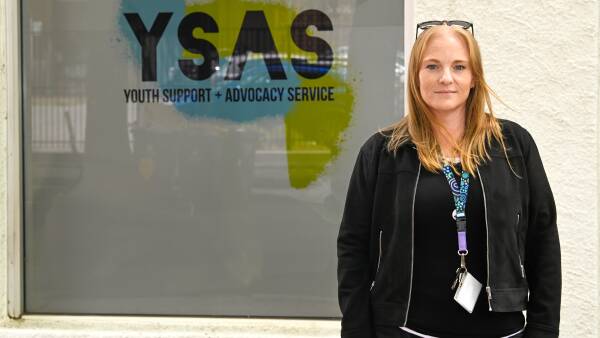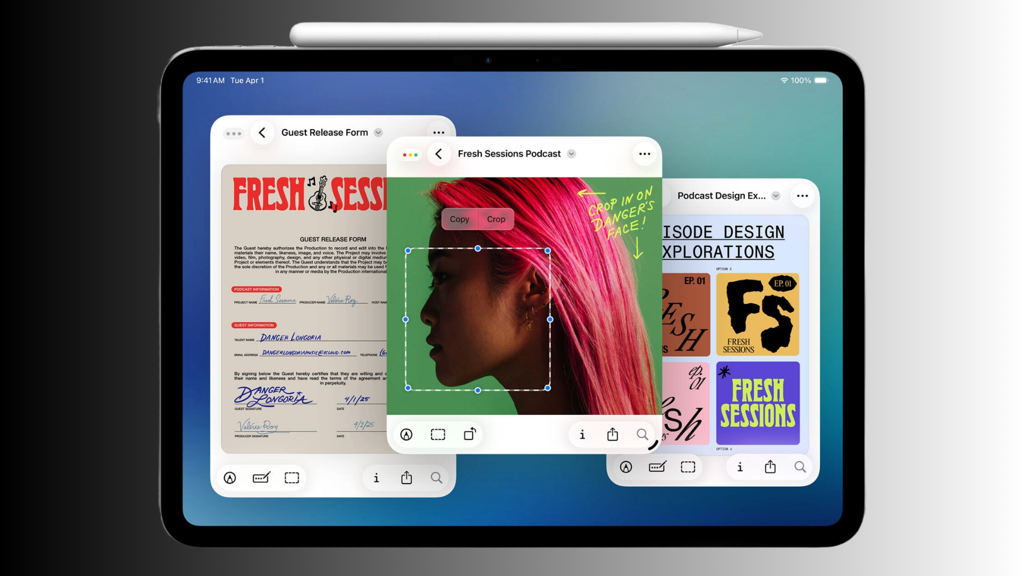UPDATE: Apple has just announced a major upgrade to the iPad with the release of iPadOS 26, transforming the tablet into a device that rivals its Mac counterparts. This urgent update introduces powerful new features designed to enhance productivity and multitasking capabilities, finally aligning the iPad’s software experience with its advanced hardware.
With iPadOS 26, users can now enjoy freeform window multitasking, improved file management, and background app processes. These enhancements promise to deliver tangible productivity gains for students, business professionals, and casual users alike. However, for many, the question remains: Can an iPad truly replace a Mac?
The new multitasking options include three distinct modes: Full-Screen, Windowed Apps, and the classic Stage Manager. The Windowed Apps mode allows users to resize and reposition apps easily, enabling the simultaneous use of up to ten applications without noticeable lag, though performance may falter beyond that. This flexibility is especially significant for users of newer, robust iPads, while those with older models, like the 2018 iPad Pro, may experience limitations.
Apple’s introduction of traffic-light buttons for window management mirrors the Mac experience, providing users with familiar options to close or minimize applications. Additionally, a new Mac-like menu bar simplifies access to app shortcuts and window docking.
The iPadOS 26.1 update has also revived the popular Slide Over feature, allowing users to pin a single window at the top of the screen, although this version restricts users to one pinned window at a time. While many users may find this overwhelming, they can quickly adapt to the new gestures for window management.
Beyond multitasking, iPadOS 26 brings much-needed improvements to the Files app, including a column layout and support for background tasks, allowing large file transfers to continue uninterrupted. The new Preview app enhances the ability to view and annotate PDFs and images, making it an essential tool for content creators.
Despite these strides, the iPad still faces limitations compared to the Mac. Users cannot install apps from outside the App Store without complex workarounds, and popular desktop applications like Adobe Premiere and Final Cut Pro remain unavailable. Additionally, iPadOS 26 is still single-user focused, lacking the multiple account functionality found on Macs.
So, can an iPad replace a Mac? The answer is highly personal. For those who primarily engage in light tasks such as document editing, note-taking, and online meetings, the iPad is increasingly viable. The device’s portability and cellular connectivity provide an edge for users on the go. However, for power users reliant on desktop-class applications and dynamic websites, the Mac still reigns supreme.
As Apple continues to blur the lines between its tablet and laptop offerings, the new capabilities of iPadOS 26 are likely to attract a broader audience. Users are encouraged to evaluate their specific needs and workflows to determine whether the iPad can serve as a full-fledged replacement or remain a valuable companion device.
Stay tuned for updates as more users explore the transformative potential of iPadOS 26 and its implications for the future of mobile computing.


























































